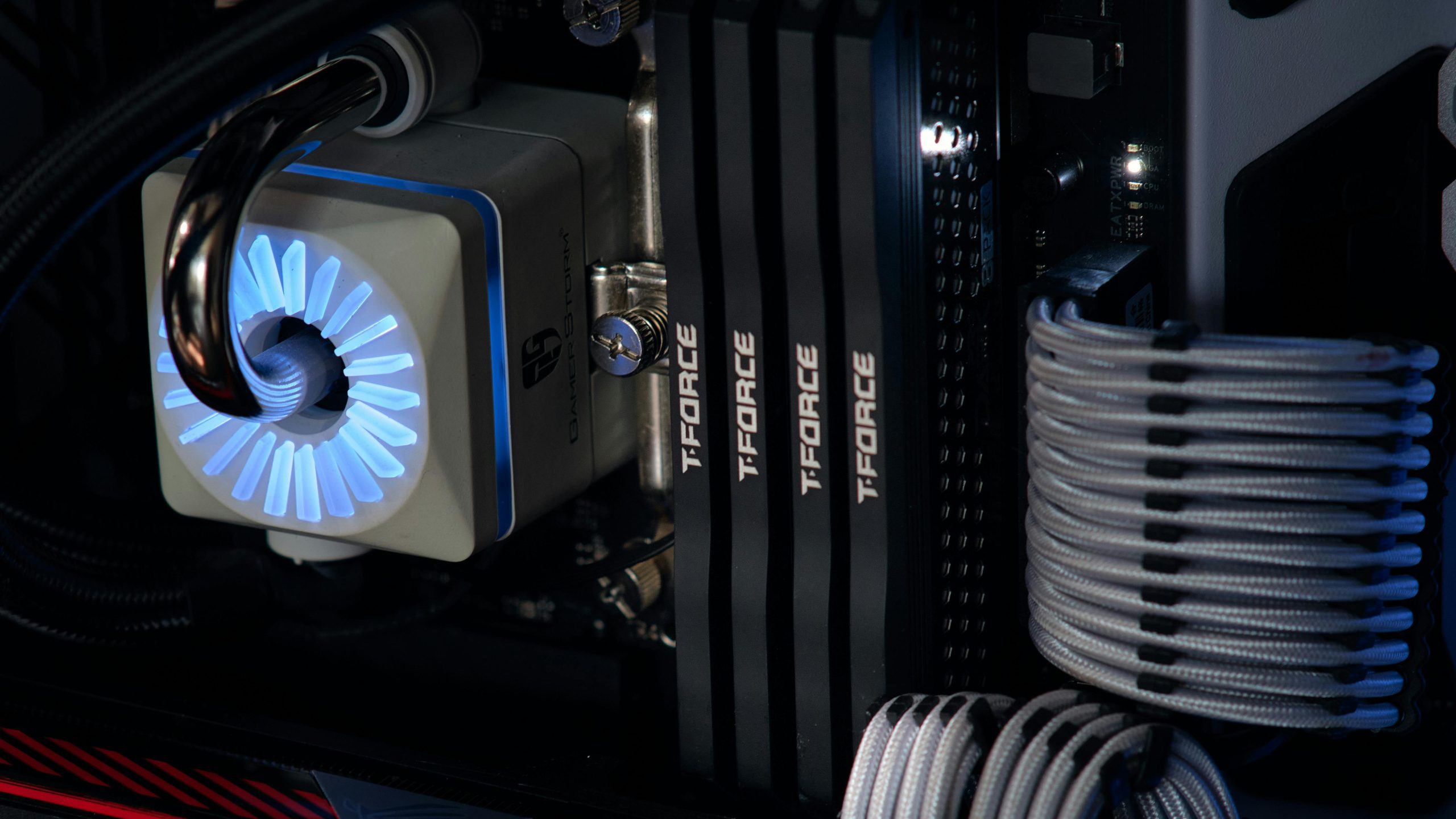Understanding and Addressing Persistent Memory Management Blue Screens on Windows 11
In the realm of modern computing, experiencing system errors can be both frustrating and concerning, especially when they occur repeatedly over a short period. Recently, users have reported encountering frequent Blue Screen of Death (BSOD) errors related to memory management issues on Windows 11 devices. This article aims to shed light on such problems, explore potential causes, and offer guidance on troubleshooting steps.
Case Overview: Recurrent Memory Management BSODs on a New Laptop
A typical scenario involves a user who acquired a new laptop with the following specifications:
- Processor: 13th Gen Intel Core i7-1355U @ 1.70 GHz
- RAM: 32 GB (two 16 GB modules)
- Storage: 1 TB SSD
- Operating System: Windows 11 (64-bit)
- Graphics: Intel Iris Xe
Within the first four months of usage, the user experienced several BSODs, primarily citing “Memory Management” and similar errors. Initial incidents appeared sporadically, but over time, the errors became more frequent and accompanied by system slowdowns, application crashes, and browser instability. Notably, attempts at troubleshooting, including running malware scans, Windows Memory Diagnostic, and forcing system updates, failed to resolve the underlying issues.
Identifying the Root Cause
Memory management BSOD errors are often indicative of underlying hardware or software issues related to RAM. Common causes include:
- Faulty or failing RAM modules
- Incompatible or corrupted device drivers
- BIOS/UEFI firmware issues
- Overheating or hardware tensions
- Software conflicts or corrupted system files
Why the Issue Might Persist in a New Laptop
Despite the hardware being brand new, hardware defects can still occur. RAM modules might be defective out of the box, or there could be compatibility issues with certain drivers or firmware. Additionally, software or system updates might introduce instability.
Troubleshooting Steps and Recommendations
-
Run Memory Diagnostics Again
-
Use Windows Memory Diagnostic tool:
- Type “Windows Memory Diagnostic” into the search bar.
- Select “Restart now and check for problems.”
-
If errors are detected, consider testing each RAM module individually by removing one at a time.
-
Check for Hardware Compatibility and BIOS Updates
-
Visit the laptop manufacturer’s website to ensure your BIOS/UEFI firmware is up to date.
- Firmware updates can fix compatibility issues and stabilize hardware behavior
Share this content:

